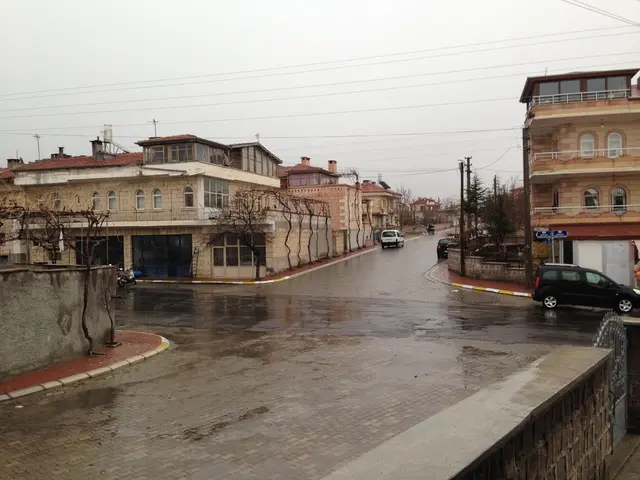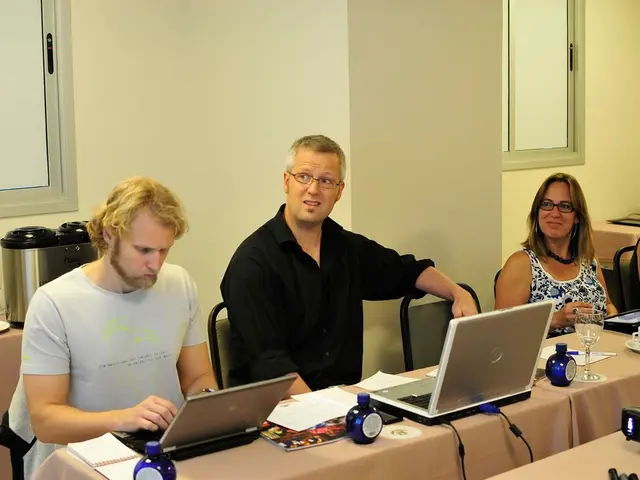US-backed Aid Distribution in Gaza Amid UN Concerns: The Take on the Israeli-Palestine Conflict Explores US and Israel's Push for Privatization
The United States and Israel have announced a new humanitarian aid initiative in Gaza, raising concerns among critics over potential violations of established principles and the United Nations' sidelining. The program, combining biometric technology and military connections, presents questions about its motivations – whether centered on assistance or control.
The Gaza Humanitarian Foundation, spearheading the effort, aims to help up to 2 million Palestinian civilians in southern Gaza [1][2]. The primary objective revolves around offering much-needed aid to alleviate the ongoing conflict's humanitarian crisis.
However, the initiative's security arrangements call into question the program's true intentions. American private security contractors secure the aid centers, while the Israel Defense Forces (IDF) monitor the sites remotely [1][2]. This level of involvement indicates strategic components that could be construed as an attempt to exert control over the region.
Moreover, the new initiative forms part of a broader effort to challenge Hamas's dominant influence in Gaza. By providing aid directly to civilians, the initiative aims to reduce Hamas's grip on the population, potentially leading to divisions and political instability [2]. Some argue this strategic maneuver could be a means to consolidate power and exert control over the region, rather than purely offering humanitarian aid.
Furthermore, the program's independence from traditional humanitarian channels like the United Nations raises eyebrows. The bypassing of established frameworks has been characterised by some as an attempt to wield more direct control over aid distribution [2].
In conclusion, despite its humanitarian goals, the newly announced Gaza aid initiative showcases strategic objectives that hint at potential power plays. By providing aid directly to civilians, the United States and Israel aim to challenge Hamas's dominance and create divisions, activities often associated with efforts to exert control, subtly overshadowing the program's humanitarian endeavours.
References:
[1] Al Jazeera. (n.d.). U.S. and Israel rolling out new aid initiative in Gaza. Retrieved from https://www.aljazeera.com/news/2023/1/25/us-israel-rolling-out-new-aid-initiative-in-gaza
[2] Harb, A. (2023). U.S.-Israeli aid initiative raises concerns about control in Gaza. Al Jazeera. Retrieved from https://www.aljazeera.com/opinions/2023/1/28/us-israel-gaza-aid-control
The Gaza aid initiative, with its strategic security arrangements and direct approach to aid distribution, raises questions about whether its true intent is humanitarian aid or power play, intertwining elements of war, politics, and general news.
The new program's independence from traditional humanitarian channels like the United Nations and its potential to challenge Hamas's dominance could be seen as an attempt to exert control, elevating concerns over its motives and consequences.







